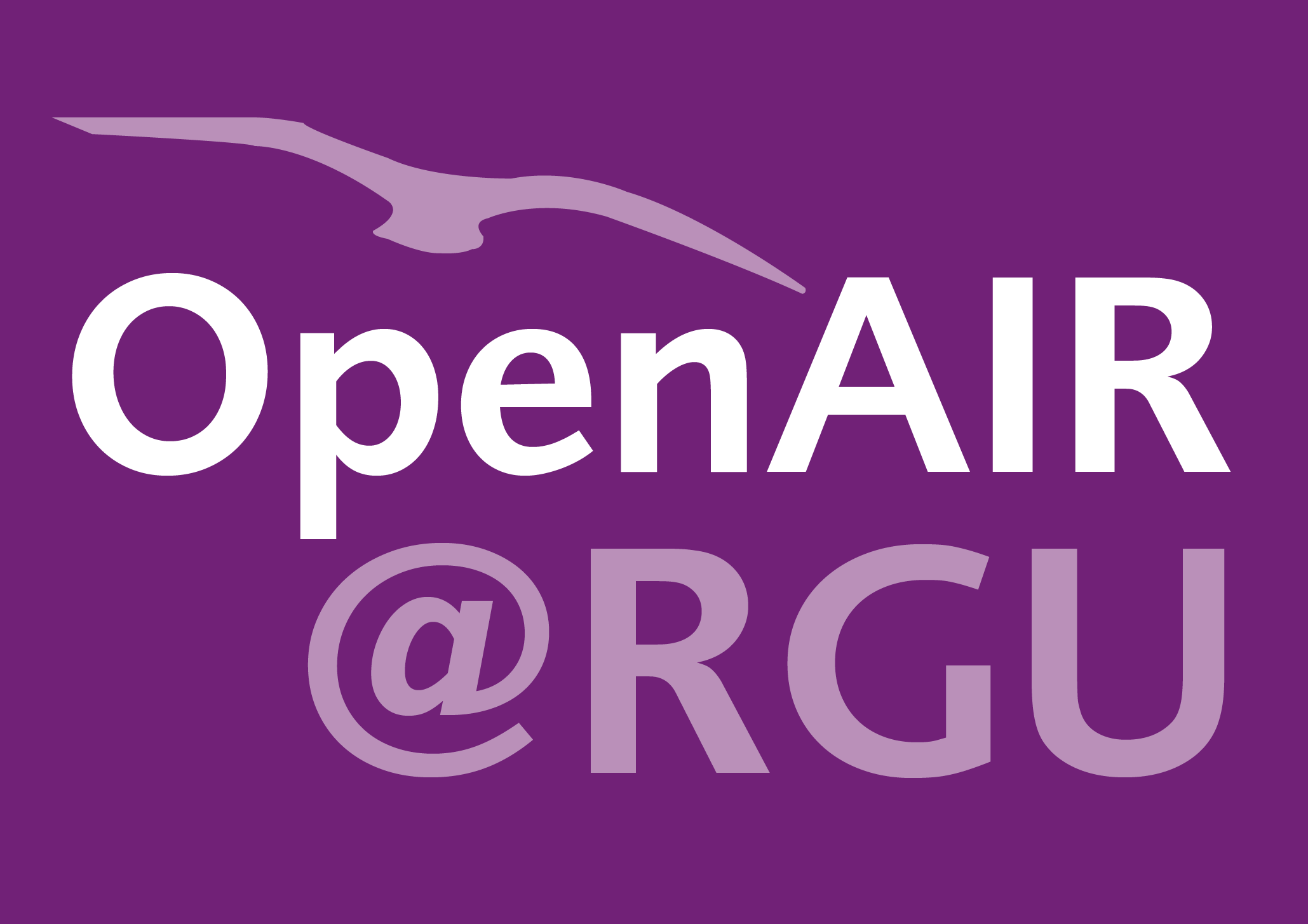Mansur Hamma-adama
Building information modelling uptake: tool training in Nigeria.
Hamma-adama, Mansur; Kouider, Tahar; Salman, Huda
Authors
Abstract
Computer Aided Design software and their kind are generally considered as Building Information Modelling (BIM) tools; moreover the sophistication level of one determines its maturity level. Education and research are the background to innovation while training is a window to continuity in skills transfer. The BIM uptake in the developing countries is significantly lagging behind; amongst various reasons is the lack of trained professionals. Experts are evolving from the industry professionals who are first trained in the university. This study determined the capacity of Nigerian universities in providing BIM tools training for BIM adoption in Architecture, Engineering and Construction (AEC). The study is quantitative in nature, with the primary data collected through a structured questionnaire survey within the built environment and engineering schools of Nigerian universities. The collected data were analysed using descriptive statistics. The institutions are physically ready with relatively sufficient hardware, however technically not ready due to insufficiency of up to date software. There is a significant correlation between software availability and proficiency level of training, while no correlation between academic qualification and the training proficiency. More than 70% of the students are graduating on 'file based collaboration' - 2D and 3D CAD knowledge with proficiency level between limited and practical application. However, the collaborative software training received proficiency level of basic to practical application; a 13% trained on collaboration software is very little to providing experts for the industry. This reveals a clear setback in the tools training to carter for the BIM uptake in the country.
Citation
HAMMA-ADAMA, M., KOUIDER, T. and SALMAN, H. 2018. Building information modelling uptake: tool training in Nigeria. Open science journal [online], 3(3), pages 1-17. Available from: https://doi.org/10.23954/osj.v3i3.1728
| Journal Article Type | Article |
|---|---|
| Acceptance Date | Jul 13, 2018 |
| Online Publication Date | Sep 5, 2018 |
| Publication Date | Sep 30, 2018 |
| Deposit Date | Sep 7, 2018 |
| Publicly Available Date | Sep 7, 2018 |
| Journal | Open science journal |
| Print ISSN | 2466-4308 |
| Electronic ISSN | 2466-4308 |
| Publisher | NVO Start |
| Peer Reviewed | Peer Reviewed |
| Volume | 3 |
| Issue | 3 |
| Pages | 1-17 |
| DOI | https://doi.org/10.23954/osj.v3i3.1728 |
| Keywords | BIM adoption; BIM tools; CAD training; Nigerian universities; Proficiency level |
| Public URL | http://hdl.handle.net/10059/3124 |
| Contract Date | Sep 7, 2018 |
Files
HAMMA-ADAMA 2018 Building information modelling (Journal)
(2 Mb)
PDF
Publisher Licence URL
https://creativecommons.org/licenses/by/4.0/
You might also like
Lessons learned from the impact of COVID-19 on the global construction industry.
(2021)
Journal Article
COVID-19 pandemic: the effects and prospects in the construction industry.
(2020)
Journal Article
Impacts and risk management of COVID-19 pandemic on real estate supply chain.
(2020)
Journal Article
